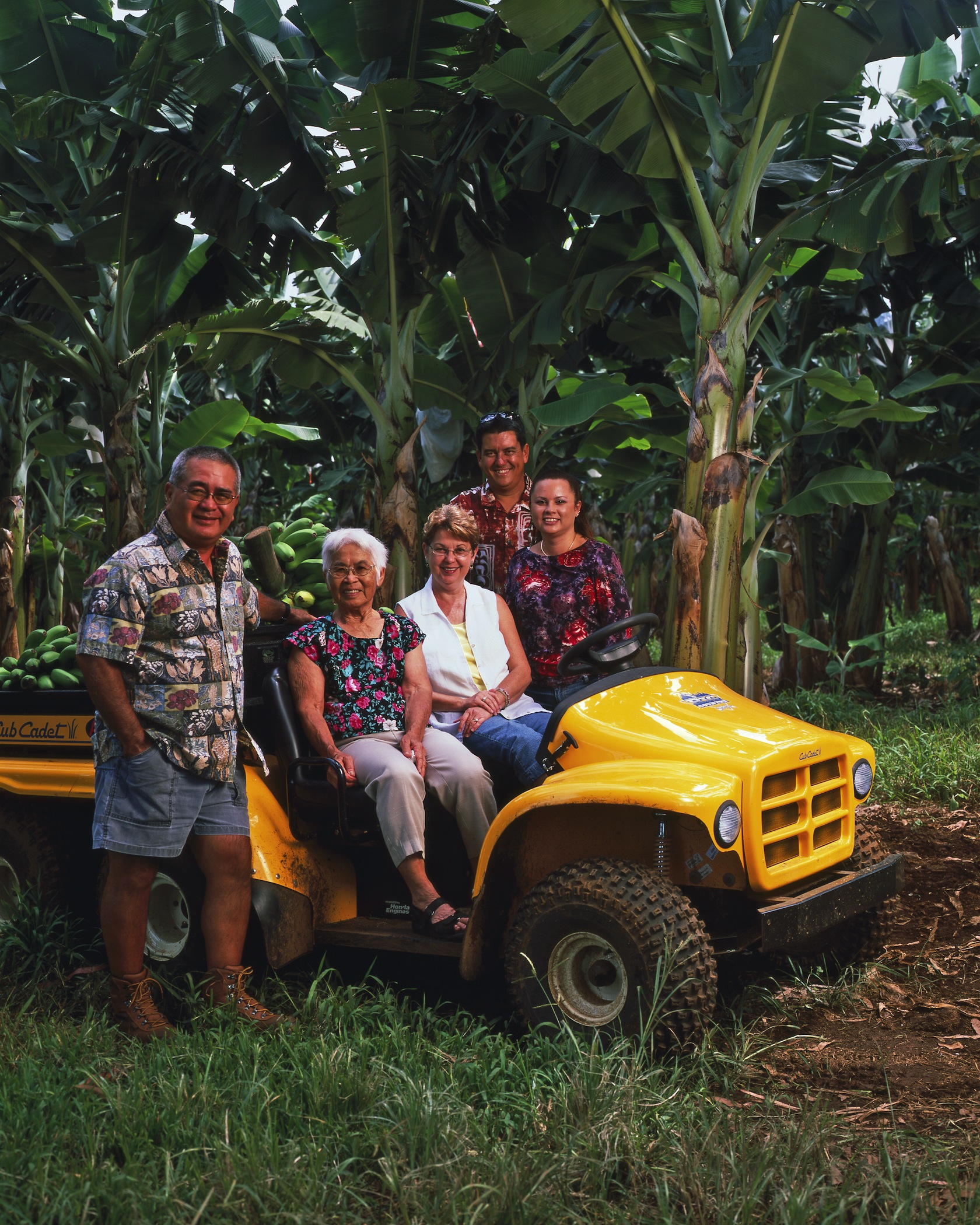My exercise sessions are coming along nicely. I am combining weight lifting and aerobics, and warm up on the elliptical trainer or treadmill at a moderate rate for 8 minutes or so. Then I do 10 reps of exercises that hit my lower back, mid back, biceps, triceps, front shoulder, side shoulder, front thigh and stomach. This is eight different exercises using dumbbells and cables as necessary, and then repeating this combination four times.
Depending on the exercise, I may increase the weight a little on each set. But never to the point I cannot do the exercise in strict form. After the second set is completed, I’m completely warmed up and my heart rate, as measured by a heart rate monitor, is around 120 or so. By the end of the third set it’s in the mid-130s and by the fourth set it hits the mid-140s.
The objective of monitoring one’s heart rate while training is because the heart is a muscle and should be trained like any other muscle. Train, rest, recover and then train again adding just a little more stress.
I’ll speed up, or increase the weight that I am using in weight lifting, to achieve a certain heart rate. The basic idea is that one can improve a little bit at a time. It is counter-productive to try to rush thing,s because of the dangers of injury. In general, over a 12-week period a weekly increase in volume and intensity of more than three percent is probably too much.
Several months ago I increased my crunches to 25 per set for four sets, which is a total of 100 crunches. Now I can do 30 on each set and place a 10-pound barbell plate behind my head for the last two or three sets.
I’m in no particular rush. But it is good to know that one can improve steadily at age 62. To put things in perspective, a few at the gym can do crunches with 45 pound plates behind their head.










